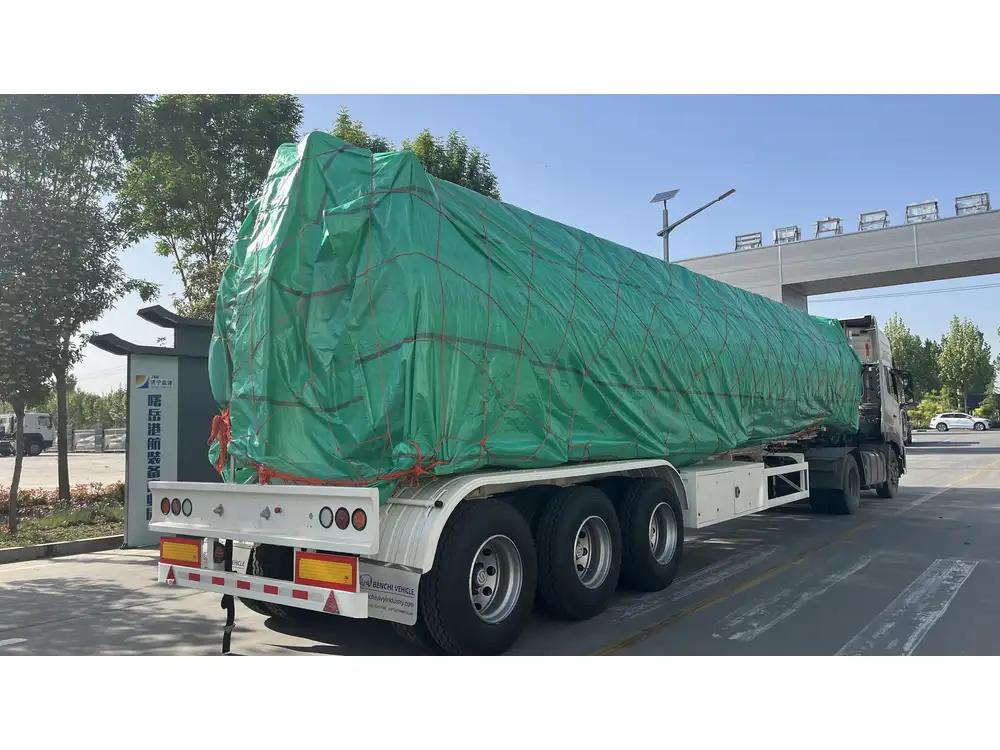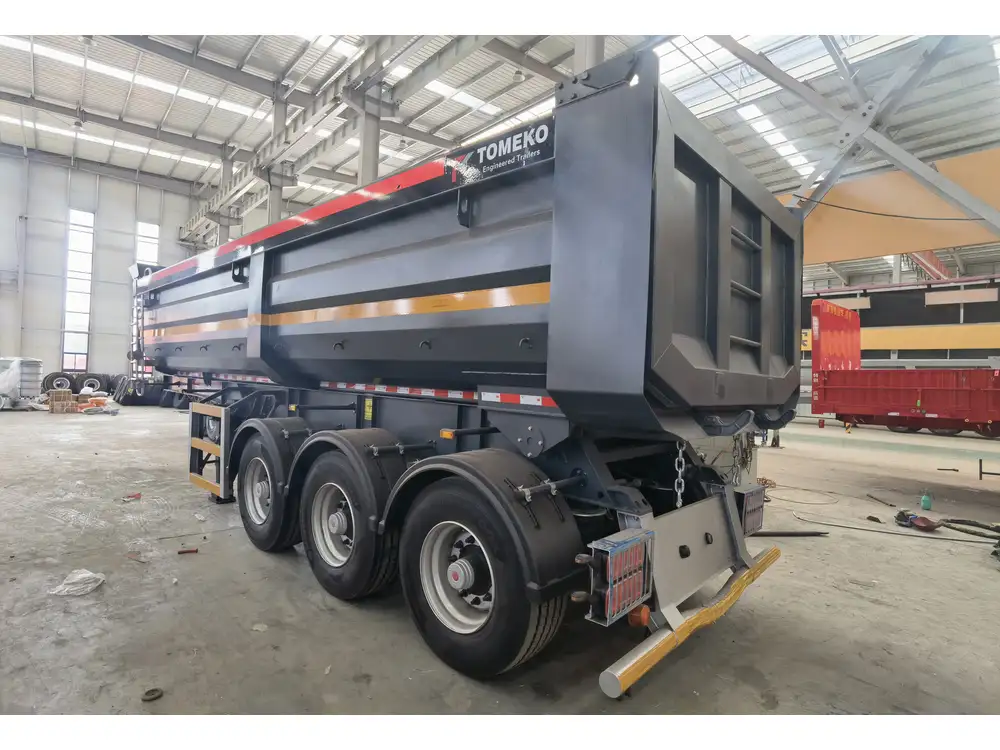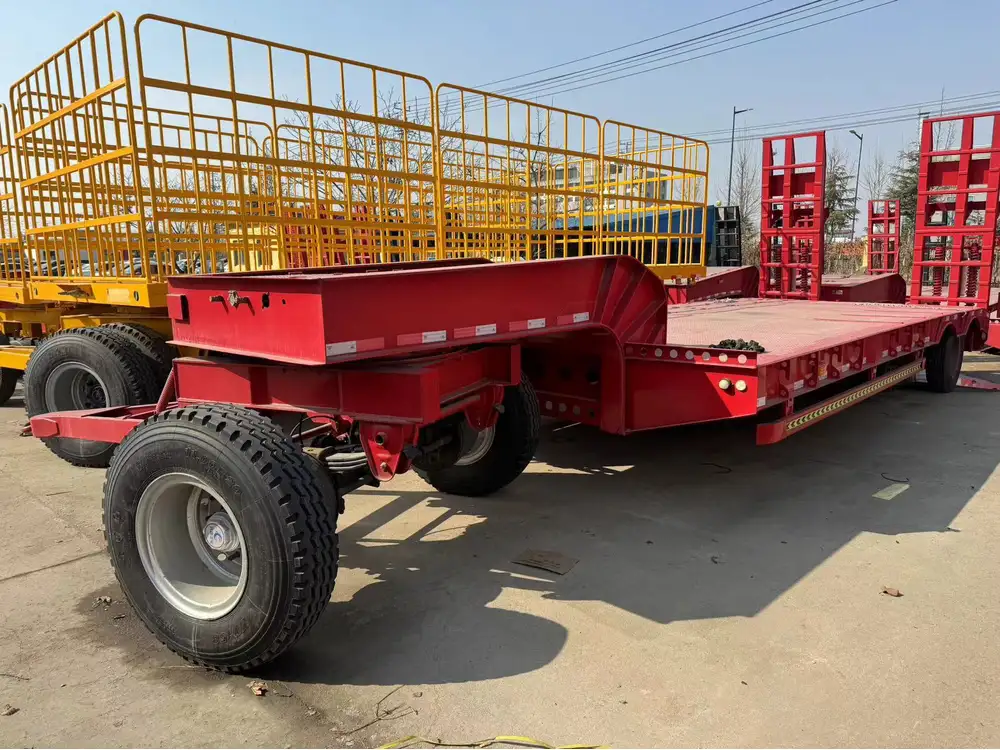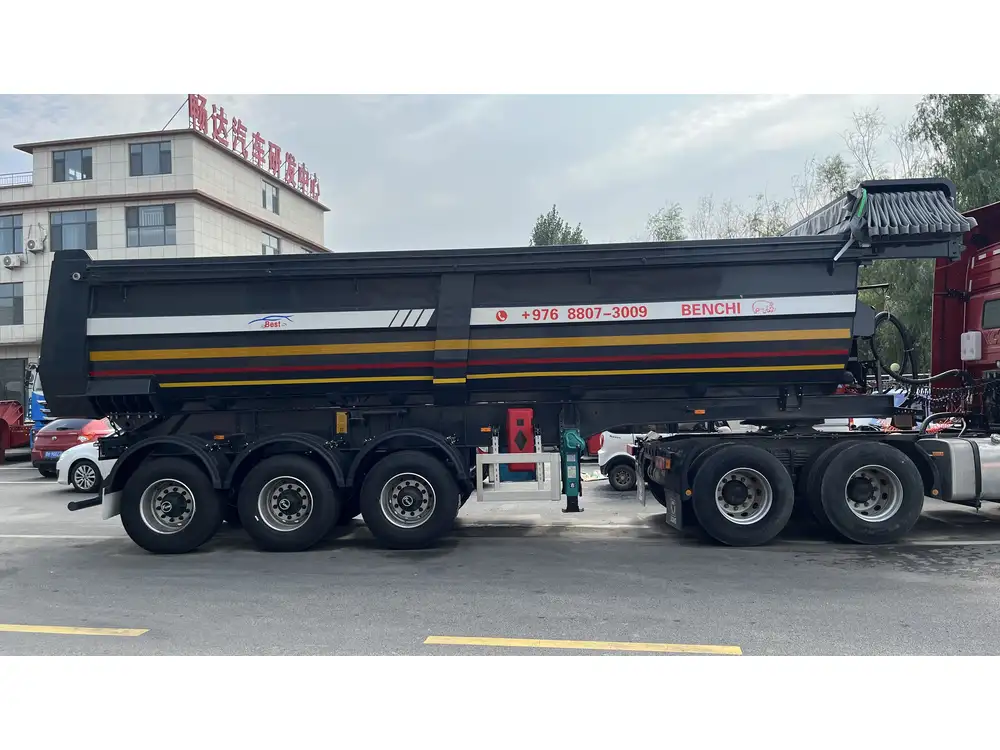Understanding Turning Radius
The turning radius of a semi-truck with a trailer is influenced by numerous factors including the dimensions of the vehicle, the type of trailer attached, and the specific configuration of the tractor-trailer combination. Generally, the turning radius can vary significantly, but understanding the mechanics behind these movements enables drivers to navigate tight spots safely.
Semi-Truck Specifications
To fully grasp how turning radius is affected, let’s first dissect the specifications of a standard semi-truck:
| Specification | Typical Ranges |
|---|---|
| Length | 70-80 feet |
| Width | 8.5 feet |
| Height | 13.5 feet |
| Weight (max) | 80,000 pounds (with full load) |
The dimensions and weight play a crucial role in determining how tightly a semi can turn, especially when coupled with the trailer.

Trailer Types and Their Influence on Turning
The type of trailer attached to a semi-truck significantly impacts the turning capability. Here are common trailer types:
| Trailer Type | Turning Characteristics |
|---|---|
| Flatbed | Excellent maneuverability due to lighter empty weight. |
| Box Trailer (Enclosed) | Generally has a larger turning radius than flatbeds. |
| Reefer | Similar to box trailers but with added bulk for insulation. |
| Lowboy | Limited turning radius due to trailer height and load. |
Each type has its own dynamics when considering how tight one can make turns.
Calculating the Turning Radius
Factors Involved
When calculating the turning radius of a semi with a trailer, several vital measurements come into play, including:
- Wheelbase: The distance between the front and rear axles.
- Rear Overhang: The distance from the rear axle to the end of the trailer.
- Pivot Point: The point at which the trailer pivots relative to the truck.
- Angle of Turn: The sharper the angle, the more significant the radius requirement.

General Turning Radius Estimates
In standard conditions, here are typical turning radius estimates depending on various configurations:
| Configuration | Approximate Turning Radius (feet) |
|---|---|
| Tractor Only | 18-25 |
| Tractor with 28-foot Trailer | 40-50 |
| Tractor with 53-foot Trailer | 50-60 |
These figures may vary based on the specific configurations and load characteristics.
Impact of Load on Turning Capacity
Weight Distribution
The distribution of weight is paramount when it comes to maneuverability. An uneven load can result in decreased control, particularly in tight turning situations. For instance, if the load is more heavily positioned towards the rear of the trailer, it will lead to diminished steering efficiency and tighter cornering capabilities.

Load Types and Their Characteristics
| Load Type | Effect on Turning |
|---|---|
| Liquid Loads | Shifting weight can lead to instability during turns. |
| Solid Loads | More evenly distributed and can help maintain stability. |
| Heavy Equipment | Bulkiness may require wider turning angles. |
Understanding these nuances can significantly influence the effectiveness of maneuvering with a semi-trailer.
Strategies for Making Tight Turns
The following strategies can enhance your ability to make sharp turns safely:
Utilize a Proper Approach Angle
- Begin Wide: Start your turn wide to extend your turning radius.
- Check Mirrors: Always keep an eye on your mirrors to ensure the trailer is following appropriately.
- Successive Adjustments: As the front of the truck passes the apex of the turn, gradually bring the rear of the trailer around.

Backing Maneuvers
When backing up, the turning maneuver becomes more intricate due to the reverse direction:
- Turn in Small Increments: Make small adjustments rather than sharp angles to prevent jackknifing.
- Use Spotters if Necessary: Having an observer can provide clearer spatial awareness during complex maneuvers.
Practice and Environment Familiarization
It’s essential to practice in various environments:
- Container Yards: Simulate tight turns in controlled settings.
- Driving Simulators: Utilize technology to experience constrained maneuvers safely.
Real-World Scenarios

Urban vs. Rural Driving
Urban environments present unique challenges with narrower roads, tight turns, and obstacles such as parked vehicles. In contrast, rural areas often have wider spaces but may lack smooth road conditions. Comprehending these differences can assist drivers in adjusting their turning techniques accordingly.
| Environment | Characteristics |
|---|---|
| Urban | Tight spaces, increased pedestrian traffic. |
| Rural | Broader turns, potential road hazards (dirt, debris). |
Navigating Loading Docks
Loading docks often involve sharp turns that can be complicated by the presence of other vehicles:
- Understanding Dock Layout: Know the layout before navigating.
- Use of Technology: GPS with truck-specific routing options can reduce challenges.
Common Mistakes to Avoid

Underestimating the Turning Radius
Many drivers fare poorly during turns because they fail to account for the full length of the semi-trailer. Before turning, always anticipate the route the rear of the trailer will take and make adjustments accordingly.
Ignoring Weather Conditions
Driving in adverse weather, such as rain or snow, significantly impacts traction and vehicle control. Slippery conditions mean longer stopping distances and lower maneuverability.
Lack of Practice
Infrequent driving can lead to skill degeneration. Regular practice in different conditions is key to maintaining sharp maneuvering skills.

Conclusion
In summary, how tight can you turn a semi with a trailer? The answer is multi-faceted, depending on various specifications, configurations, and environmental factors. Understanding engagement techniques, practicing realistic scenarios, and ensuring safe weight distribution form the backbone of effective maneuvering.
By continually honing these skills and adapting to different driving circumstances, semi-truck drivers can improve their turning abilities while minimizing risks. Awareness of trailer dynamics and truck dimensions aids in making informed decisions on the road, fostering safety and efficiency in logistics operations.
Equipped with insights from this analysis, operators can confidently manage tight turns, navigate complex environments, and enhance overall driving proficiency. Whether you’re maneuvering through urban landscapes or rural expanses, maintaining control of your semi-trailer is crucial in the transportation industry.



